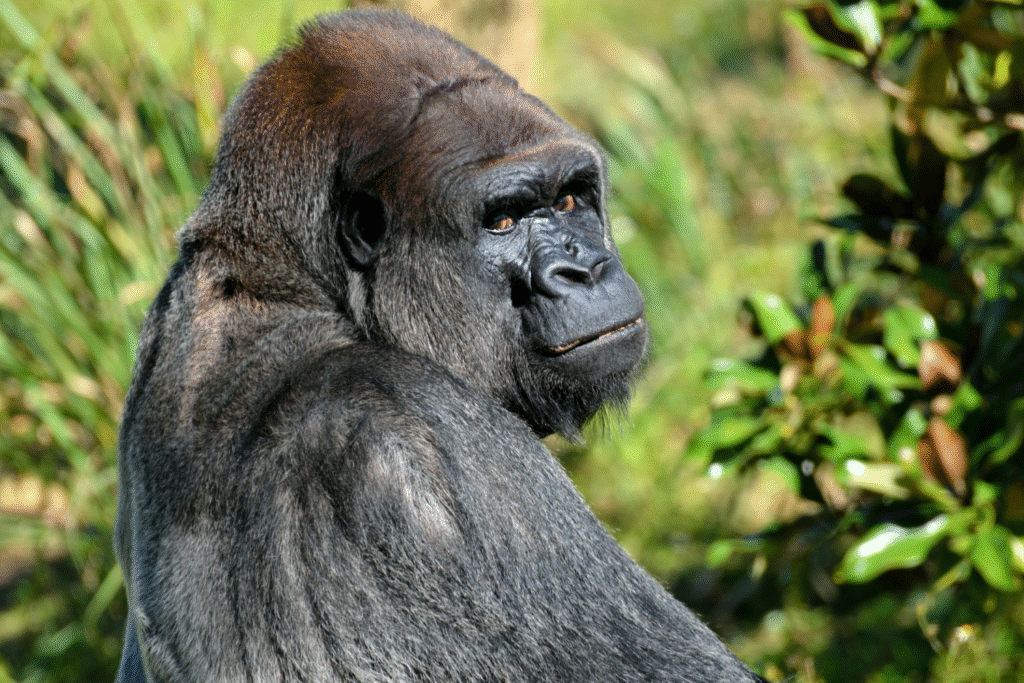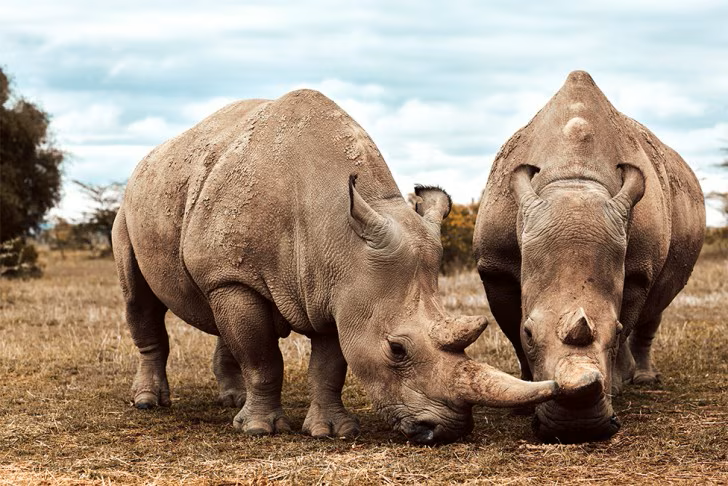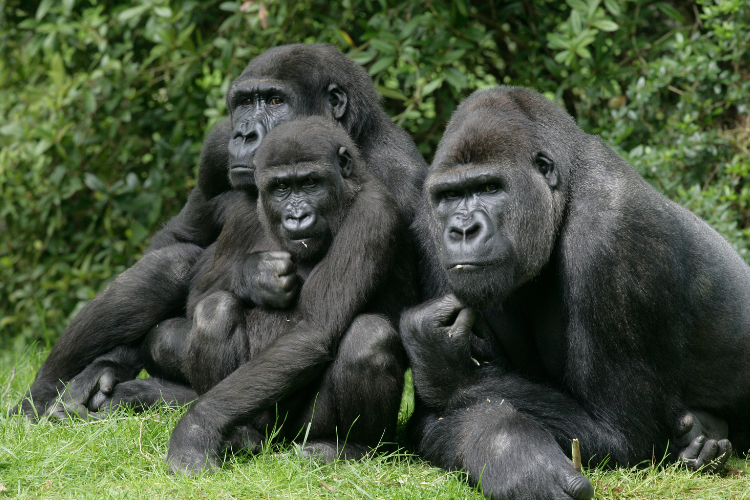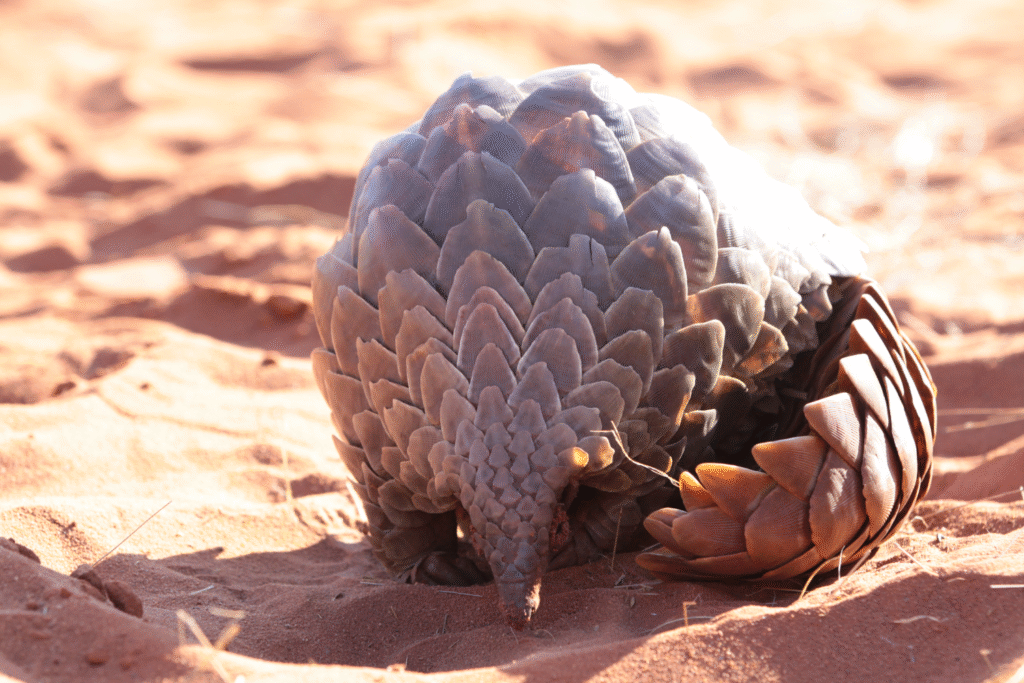Time is running out faster than anyone imagined.

The global extinction crisis has reached a breaking point. More than 10,000 species currently sit on the IUCN Red List’s “critically endangered” category, meaning they could vanish within our lifetime. This isn’t just another conservation warning. Some species have populations so small they could disappear within the next few years, not decades. The clock isn’t ticking anymore—it’s nearly stopped entirely.
1. Vaquita porpoises have just 6-8 survivors left in Mexican waters.

The world’s smallest marine mammal is essentially on life support in Mexico’s Gulf of California. These shy porpoises, discovered just 67 years ago, have suffered a catastrophic population collapse that represents one of the fastest extinctions in recorded history. According to the latest surveys from marine biologists, the vaquita population has plummeted from roughly 600 individuals in 1997 to single digits today.
Illegal fishing operations targeting the endangered totoaba fish continue to set deadly gillnets throughout vaquita habitat. The Marine Mammal Commission reports that vaquitas accidentally get tangled in these nets and drown, unable to surface for air. Even with Mexico’s gillnet ban and international pressure, enforcement remains inconsistent, leaving these gentle creatures trapped in a deadly cycle.
2. Two female rhinos carry an entire subspecies on their shoulders.

Sudan, the world’s last male northern white rhino, died in 2018, leaving behind his daughter and granddaughter as the final survivors of their subspecies. These two females, Najin and Fatu, live under constant armed guard at Kenya’s Ol Pejeta Conservancy, representing humanity’s last chance to save northern white rhinos from total extinction. The situation has become so desperate that scientists are investing millions in advanced reproductive technologies as reported by conservation organizations working with the subspecies.
Cutting-edge fertility treatments, including artificial insemination and embryo transfer using southern white rhino surrogate mothers, offer the only realistic path forward. Teams of veterinarians and reproductive specialists work around the clock to harvest eggs and create viable embryos. Despite these extraordinary efforts, time works against them as both remaining females age beyond their natural reproductive years.
3. Ghost cats prowl Russian forests with 130 souls remaining.

Russia’s Far East harbors one of the planet’s rarest big cats, a ghostly predator that nearly vanished completely in the 1970s when only 30 individuals remained alive. The Amur leopard’s remarkable recovery story shows what dedicated conservation can accomplish, but these spotted cats still teeter on the edge of extinction. As discovered by wildlife researchers monitoring the population, approximately 128-130 adult and sub-adult leopards now roam a territory roughly four times the size of London.
Habitat destruction from logging and human development continues to fragment their remaining wilderness. Poachers still target these magnificent cats for their distinctive spotted coats and bones, which fetch high prices in illegal wildlife markets. The Land of the Leopard National Park provides crucial protection, but the species needs expanded habitat corridors to ensure long-term survival.
4. Forest kings lose their kingdom to palm oil expansion.

Indonesia’s Sumatran rainforests echo with the calls of one of humanity’s closest relatives, but these intelligent great apes are running out of places to live. Massive palm oil plantations have consumed more than 80% of their original habitat, forcing orangutan families into smaller and more isolated forest patches. These remarkable animals, who share 97% of their DNA with humans, face an uncertain future as deforestation accelerates.
Climate change adds another layer of complexity to their survival story. Extended dry seasons trigger devastating forest fires that destroy both orangutan habitat and the fruit trees they depend on for food. Mothers struggle to feed their young during these harsh periods, and many juveniles don’t survive their first few years. Rescue centers work tirelessly to rehabilitate orphaned orangutans, but they can’t keep pace with habitat destruction.
5. Sixty giants guard Java’s last wilderness sanctuary.

Java’s Ujung Kulon National Park serves as the final sanctuary for Earth’s most endangered rhino species. These solitary giants, slightly smaller than their African cousins, represent the last remnant of a species that once roamed across Southeast Asia’s tropical forests. The Javan rhinoceros’ entire global population could fit inside a small auditorium, making them incredibly vulnerable to disease outbreaks, natural disasters, and genetic bottlenecks.
Recent volcanic activity on Java adds urgency to conservation efforts, as a single eruption could potentially wipe out the entire species. Scientists have proposed establishing a second population on a different island, but relocating wild rhinos presents enormous logistical and biological challenges. Each individual matters enormously when the total population hovers around five dozen animals, making every birth a cause for celebration and every death a significant loss.
6. Mountain gorillas battle human pressure across border territories.

Nigeria and Cameroon’s mountainous border region harbors the world’s rarest gorilla subspecies, a group of powerful primates that have adapted to life in highland forests. These intelligent animals live in small family groups led by massive silverback males who can weigh over 400 pounds. Human encroachment has pushed them into increasingly remote and steep terrain, where they struggle to find adequate food sources.
Local communities sometimes hunt Cross River gorillas for bushmeat, despite legal protections and conservation education programs. The species’ slow reproductive rate works against recovery efforts, as females typically give birth to only one baby every three to four years. Armed conflicts in the region have disrupted conservation programs and made it difficult for researchers to monitor gorilla populations consistently.
7. Ancient sea turtles confront modern ocean threats.

Tropical coral reefs worldwide depend on hawksbill turtles to maintain ecological balance, but these ancient mariners face threats throughout their complex life cycles. Their beautiful shells, prized for jewelry and decorative objects, have made them targets for illegal hunting despite international trade bans. Plastic pollution poses an additional hazard, as turtles mistake floating debris for jellyfish and other preferred foods.
Rising sea temperatures threaten hawksbill nesting beaches, where sand temperature determines whether eggs develop into males or females. Warmer sand produces more females, disrupting natural population balance and potentially leading to reproductive collapse in some colonies.
8. Pangolins disappear into illegal trade networks despite worldwide protection efforts.

The world’s most trafficked mammal continues sliding toward extinction as demand for pangolin scales drives a billion-dollar black market. These armored creatures, covered in keratin scales like human fingernails, are hunted across Africa and Asia for traditional medicine and luxury food markets. All eight pangolin species now face extinction threats, with some populations declining by over 80% in recent decades.
Organized crime syndicates have turned pangolin trafficking into a sophisticated operation, using the same smuggling routes employed for drugs and weapons. Despite international trade bans and increased penalties, authorities struggle to keep pace with demand from wealthy consumers willing to pay premium prices for pangolin products.
9. Yangtze finless porpoises fight pollution in China’s longest river.

China’s Yangtze River, once home to thriving dolphin populations, now supports fewer than 1,000 finless porpoises as industrial development transforms their aquatic habitat. These intelligent marine mammals, known for their permanent smiles, face a gauntlet of threats including ship strikes, toxic pollution, and declining fish populations that serve as their primary food source.
Massive dam projects have altered natural river flows and blocked traditional migration routes. Chemical runoff from factories and agricultural operations creates dead zones where porpoises cannot survive. Recent conservation efforts include establishing protected reserves and relocating some animals to safer tributaries, but recovery depends on addressing the root causes of environmental degradation.
10. Saola antelope haunts Vietnamese forests as Asia’s rarest large mammal.

Dubbed the “Asian unicorn” for its extreme rarity, the saola remains one of Earth’s most mysterious large mammals. Scientists have never observed a living saola in the wild, relying instead on camera trap photos and local reports to confirm the species still exists in Vietnam’s mountainous forests. Fewer than 100 individuals likely survive in remote wilderness areas along the Vietnam-Laos border.
Hunting snares set for other animals pose the greatest immediate threat to remaining saola populations. These indiscriminate wire traps, placed throughout the forest by local hunters, catch everything that passes through including critically endangered species. Conservation teams work constantly to remove snares, but they multiply faster than removal efforts can keep pace.

xkq1j7